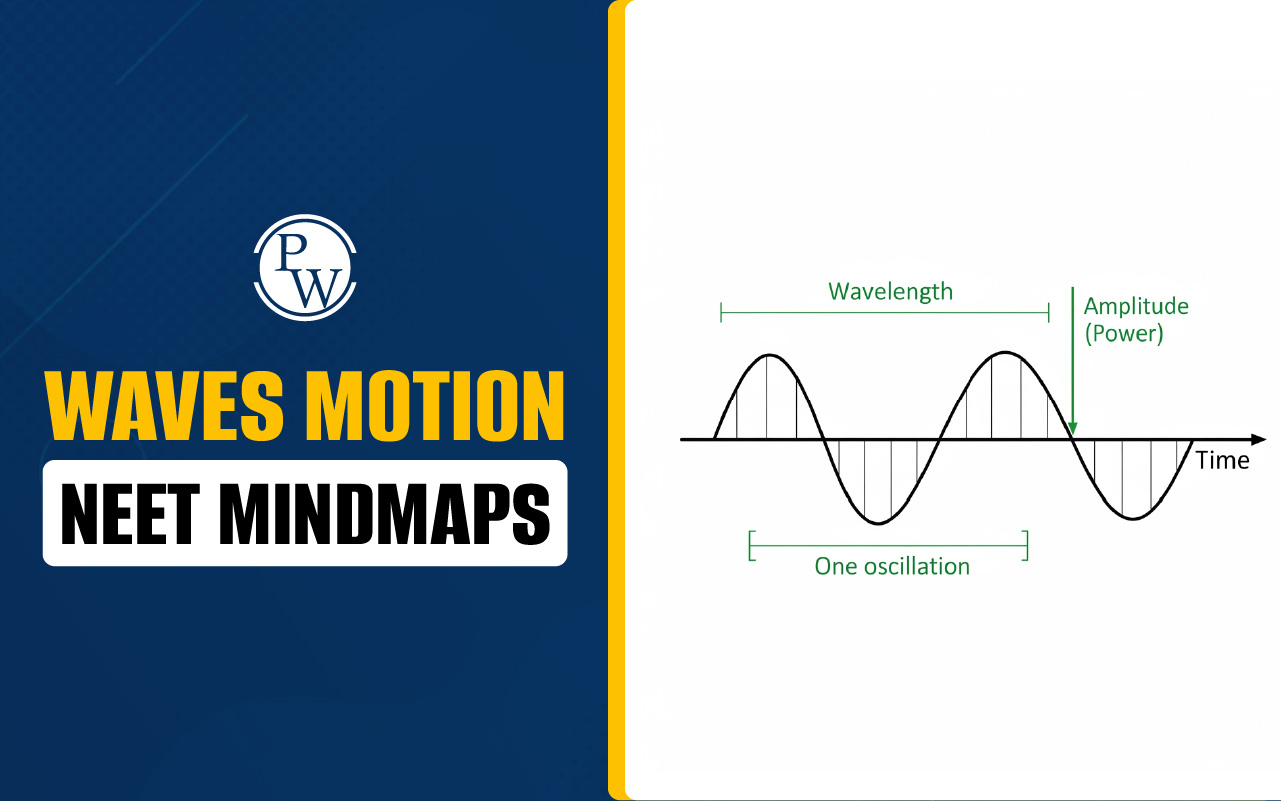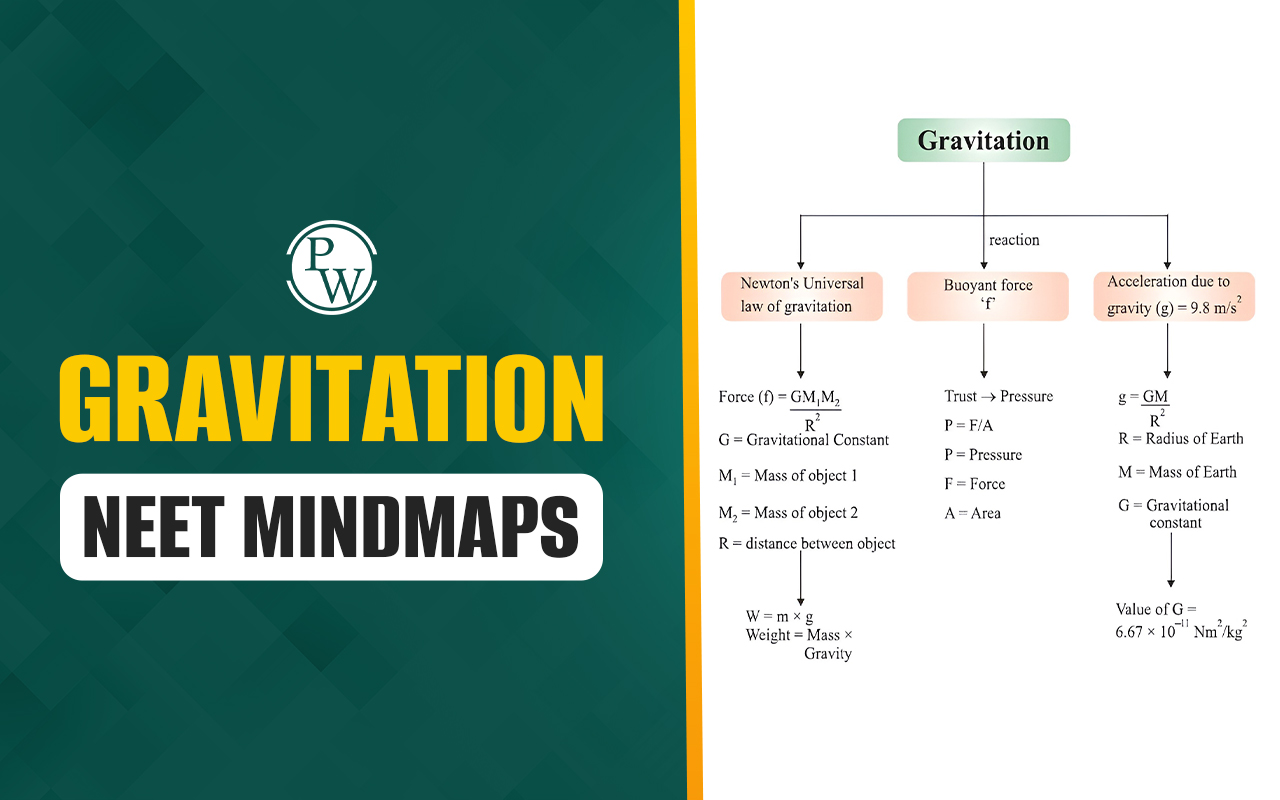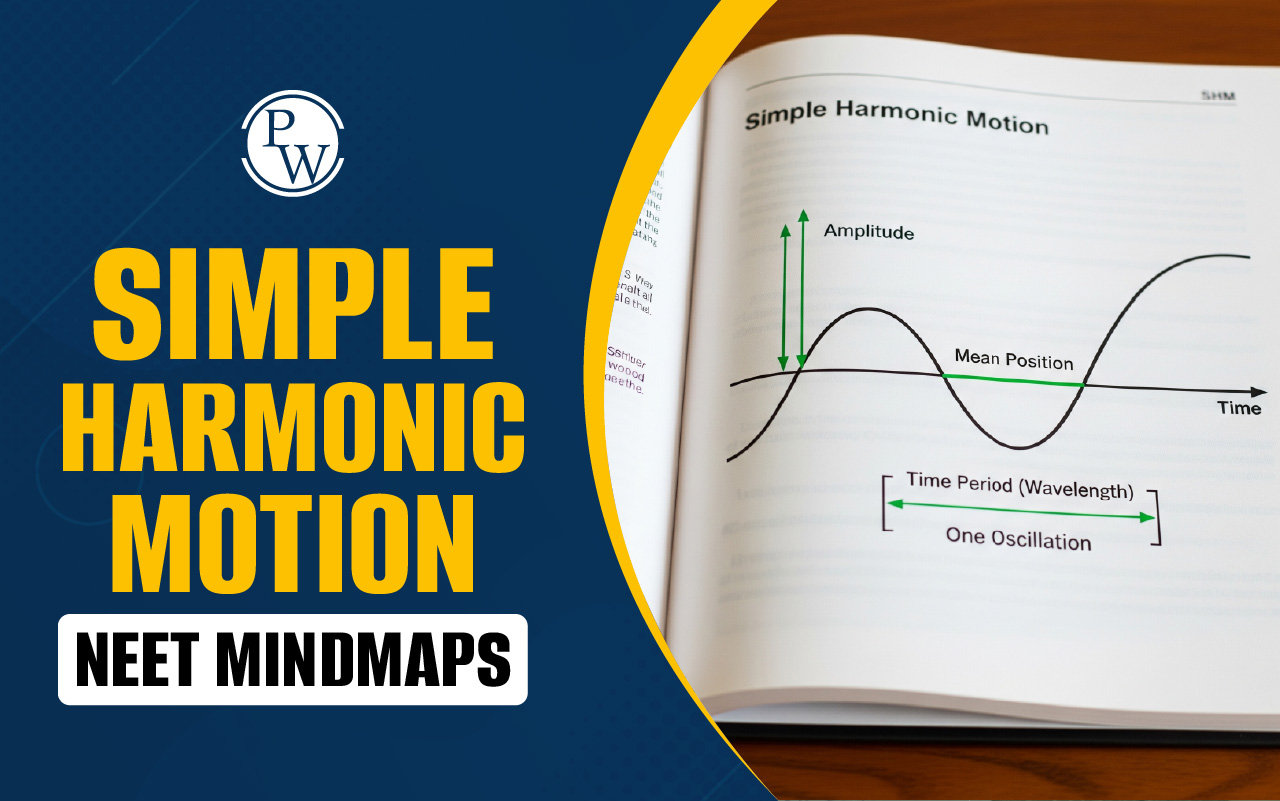

Salient Features of Genetic Code: The genetic code is a fundamental concept in molecular biology that bridges the gap between genetic information and protein synthesis. It determines how sequences of nucleotides in DNA or RNA are translated into specific amino acids, forming the building blocks of proteins. The study of the genetic code is important for the NEET exam , as it plays a crucial role in understanding heredity, gene expression, and protein synthesis, which are essential topics in biology. Through its unique features, the genetic code ensures the accurate transfer of genetic information, enabling life to function and evolve.
Salient Features of Genetic Code Overview
Genetic code plays a crucial role in translating the information contained in DNA into functional proteins. It consists of a set of rules that dictates how sequences of nucleotides (the building blocks of DNA and RNA) are translated into specific amino acids. The genetic code ensures that organisms grow, develop, and function according to the instructions encoded in their DNA. This article explores the definition, features, and importance of the genetic code, along with addressing common questions regarding its properties.Also Check:
Genetic Code Definition
The genetic code is a set of rules by which information encoded within the nucleotide sequences of DNA or RNA is translated into proteins by living cells. It defines the correspondence between sequences of three nucleotides, called codons, and specific amino acids or stop signals. These codons, found in messenger RNA (mRNA), are read during the process of translation to synthesize proteins that perform various structural and functional roles in an organism.Genetic Code Features
- Triplet Nature: Each codon in the genetic code consists of three nucleotides. These triplets are the smallest units capable of coding for one amino acid. There are 64 possible codons, with 61 coding for amino acids and 3 serving as stop signals. The stop codons—UAA, UAG, and UGA—terminate protein synthesis.
- Degeneracy: The genetic code is degenerate, meaning that most amino acids are encoded by more than one codon. For example, leucine is specified by six codons. However, methionine and tryptophan are exceptions, as they are encoded by a single codon each, demonstrating that not all amino acids follow this rule.
- Commaless and Non-Overlapping: Codons are read sequentially without any gaps or overlap. The mRNA sequence is translated in a continuous manner from the start codon to the stop codon. This commaless property ensures precise protein synthesis.
- Universality: The genetic code is nearly universal across all living organisms. For instance, the codon UUU codes for phenylalanine in species ranging from bacteria to humans. However, exceptions exist in mitochondrial DNA and certain protozoans, where some codons may have unique meanings.
- Initiation and Termination Signals: The codon AUG serves a dual purpose. It acts as a start codon, initiating protein synthesis, and also codes for the amino acid methionine. Conversely, the codons UAA, UAG, and UGA are stop codons, signaling the end of protein synthesis.
- Non-Ambiguity: Each codon specifies only one amino acid or a stop signal, ensuring that the genetic code is non-ambiguous. This feature maintains the fidelity of protein synthesis.
- Robustness and Flexibility: The genetic code has evolved to minimize errors. For example, slight mutations in the codon often result in amino acids with similar properties, reducing the impact of errors during translation.
- Adaptability: While the code is stable, rare adaptations exist. For instance, certain mitochondrial genomes have unique codons for specific amino acids. Such adaptations are exceptions rather than the norm.
Genetic Code Importance
The genetic code is crucial for life as it facilitates the accurate translation of genetic information into functional proteins. Proteins are essential for cellular structure, metabolism, and regulation. The universality of the code underscores its evolutionary significance, reflecting a shared origin of life. Moreover, understanding the genetic code aids in advancements like genetic engineering, allowing researchers to manipulate genes for medical, agricultural, and industrial purposes.MCQs of Salient Features of Genetic Code
Q1. Select the incorrectly matched pair;
- Initiation Codon - AUG
- Stop codon - UAA
- Methionine - AUG
- Phenylalanine - UUG
Q2. The salient features of the genetic code are; (2023 Manipur)
- The code is palindromic.
- UGA act as initiator codon.
- The code is unambiguous and specific.
- The code is nearly universal.
Choose the most appropriate answer from the options given below;
- A and D only
- B and C only
- A and B only
- C and D only
Q3. Most of the amino acids are represented by more than one codon and hence the genetic code is said to be;
- Degenerate
- Universal
- Comma less
- Contiguous
Answers of MCQs of Salient Features of Genetic Code
Ans1. Phenylalanine - UUG, Ans2. The code is nearly universal., Ans3 . Degenerate Unlock your path to success with PW's comprehensive NEET preparation resources like useful guidance, personalized study plans, mock tests, and PW Online NEET Coaching designed to help you achieve your dream medical college.| NEET Exam Important Links | |
|---|---|
| NEET Syllabus | NEET Biology Diagrams |
| NEET Biology MCQ | NEET Biology Chapter wise Weightage |
| NEET Biology Notes | NEET Previous Year Question papers |
Salient Features of Genetic Code FAQs
Q. What are the salient features of genetic material?
Q. What are the three major features of the genetic code?
Q. What is the genetic code?
Q. What are the four properties of the genetic code?












